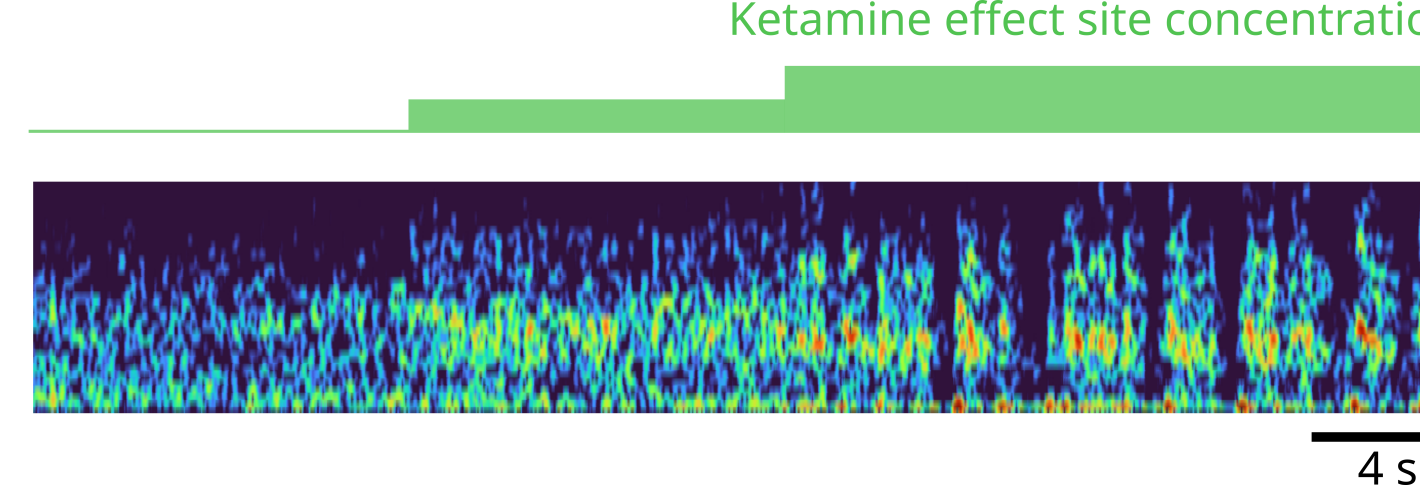Evidence early, but emerging, that gamma rhythm stimulation can treat neurological disorders
A new review surveys a broadening landscape of studies showing what’s known, and what remains to be found, about the therapeutic potential of non-invasive sensory, electrical or magnetic stimulation of gamma brain rhythms.


